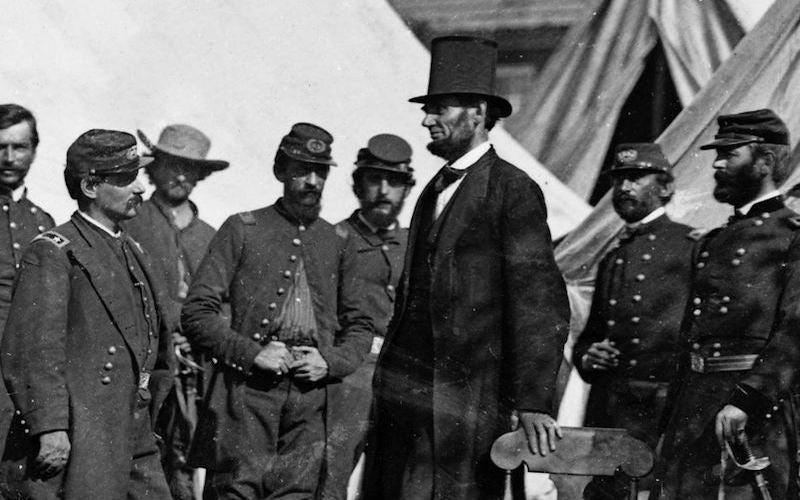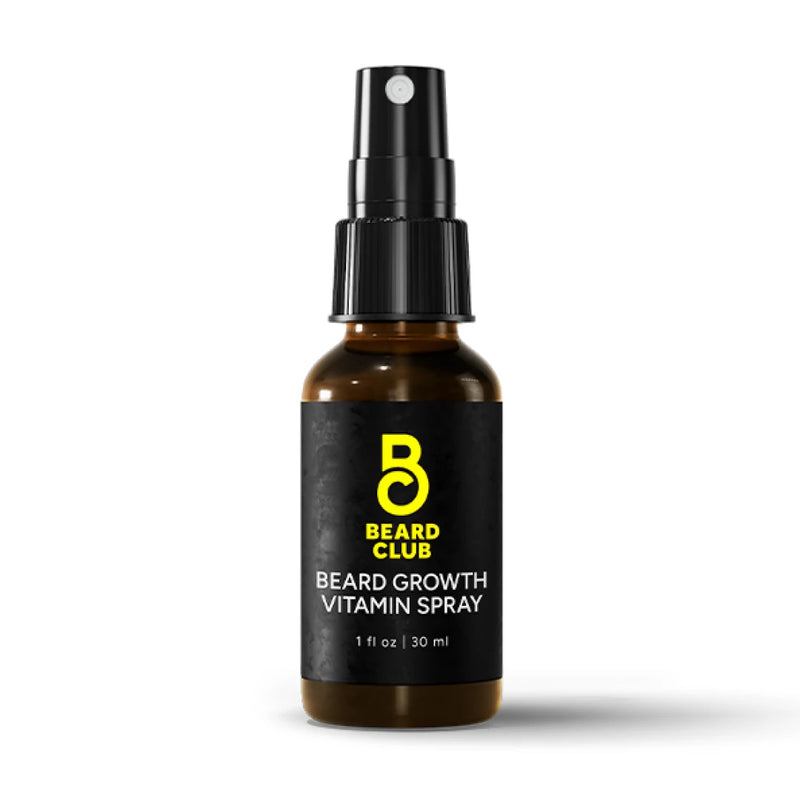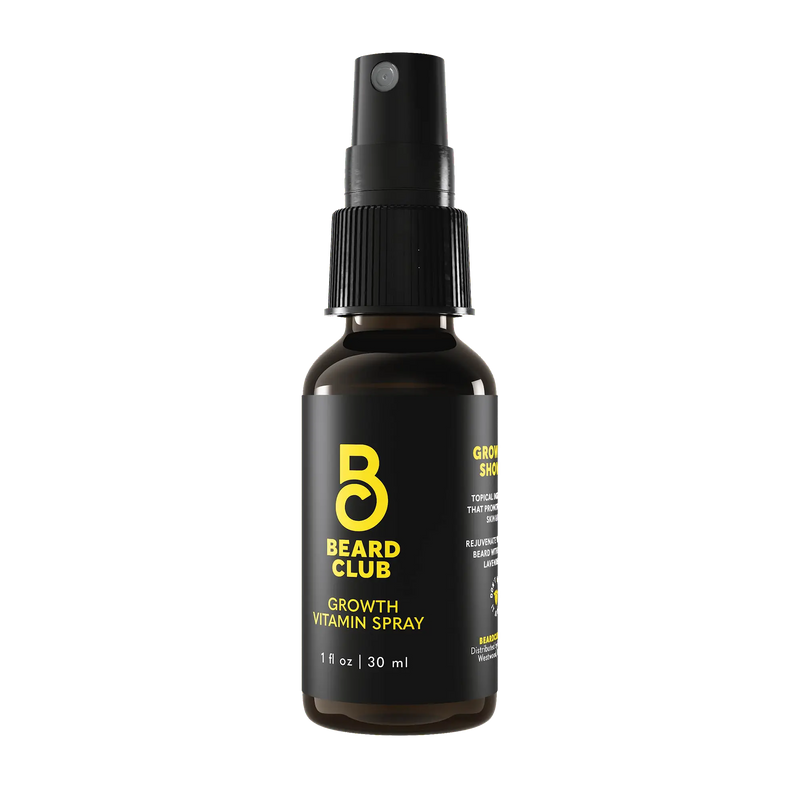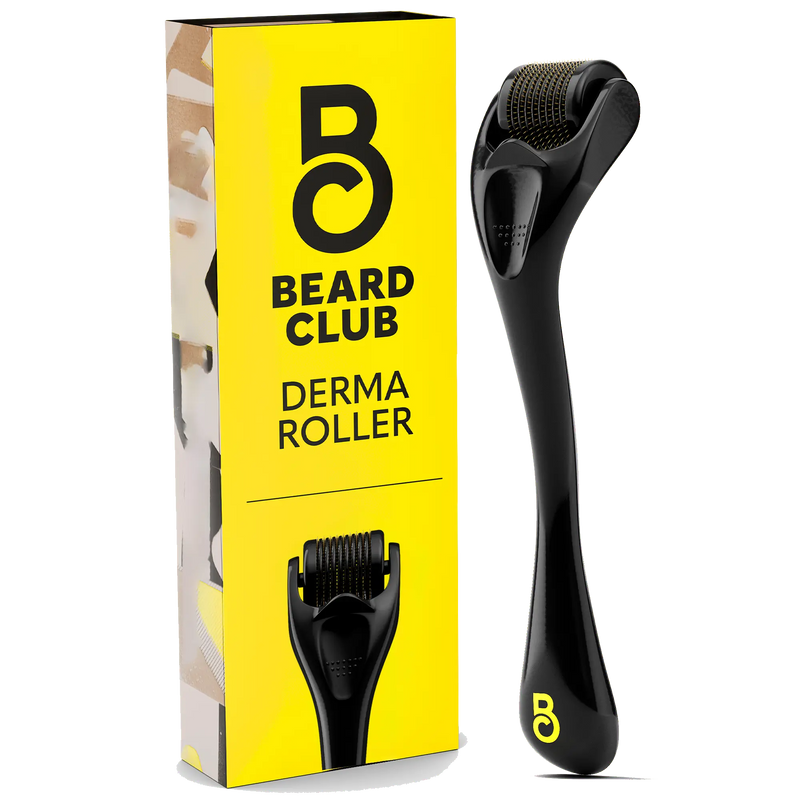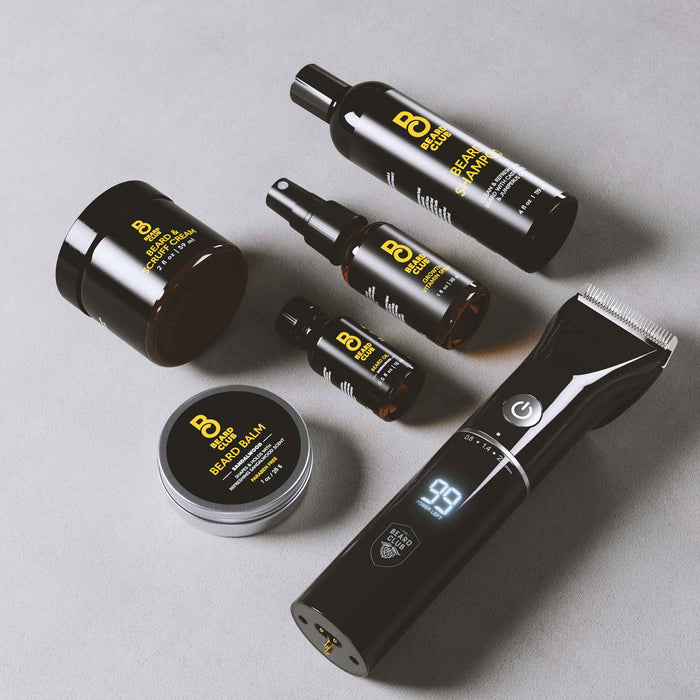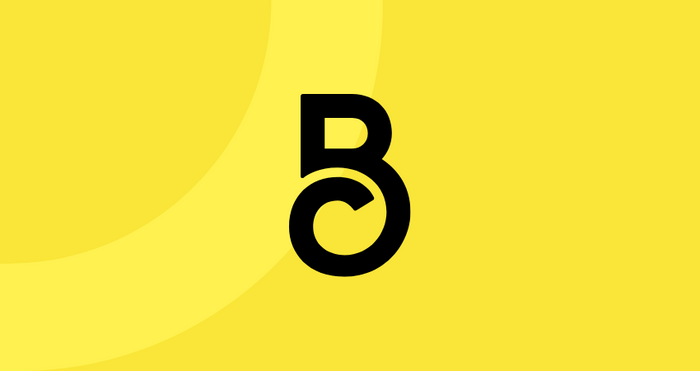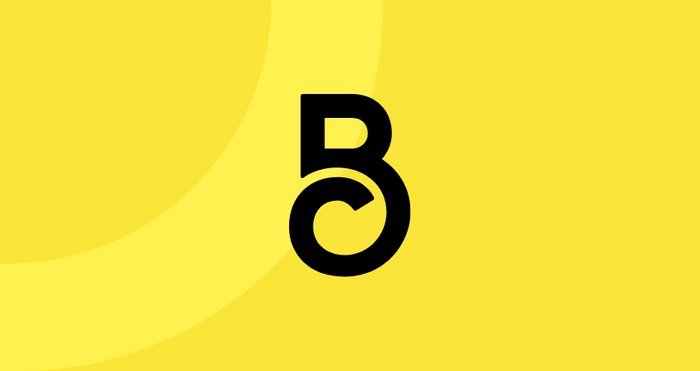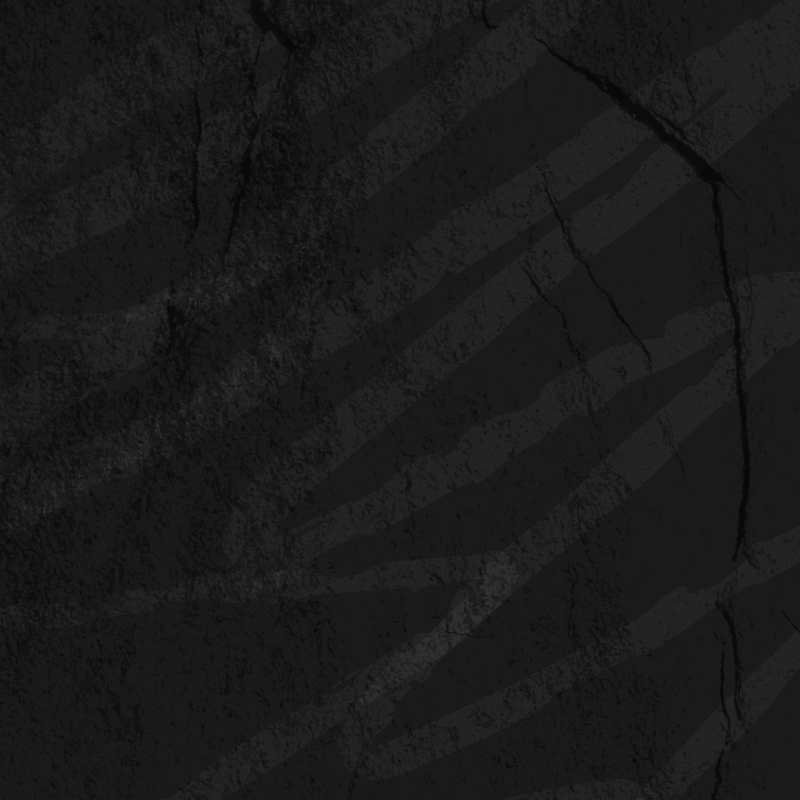Bearded Politicians: Why Don't They Grow Beards Anymore?
Historical politicians with beards
The last beard elected to office was President Benjamin Harrison, 125 years ago in 1893. The last president to wear any kind of facial hair was William Howard Taft, who had a mustache during his term from March 1909 to March 1913. This was the end of the era, an era started by none other than Abraham Lincoln. Lincoln was probably the only guy in the history of beards who could pull off a no-mustache beard, and not look like he just emerged from his basement. It wasn't until Lincoln that we got our first taste of a true presidential beard. He was famously influenced to grow out his beard by an eleven year old girl. During his election he received a letter, one passage read:"I have yet got four brothers and part of them will vote for you anyway and if you let your whiskers grow I will try and get the rest of them to vote for you. You would look a great deal better for your face is so thin. All the ladies like whiskers and they would tease their husbands to vote for you and then you would be President."Timeless advice. Even an eleven year old girl from the 1800s knew that beards win elections or at least they used to. Between 1861 and 1913 the majority of all presidents had either full beards or mustaches. Ulysses S. Grant came swinging out of the gate after Andrew Johnson's clean shaven reign. His beard an even fuller evolution after President Lincoln's. Rutherford B. Hayes had the biggest beard of Presidents. Here he is pictured with the bearded brothers.

Why male politicians don’t have facial hair anymore
There have been times throughout American history that beards fell out of fashion in the general populace. And if congress and our politicians are supposed to be representative of us, well then it’s no surprise that they also followed the trends.
Beards in politics
Although there is very limited research into the dynamic between politician’s facial hair and voting, there’s been a couple of good guesses. Currently, facial hair is rare among modern politicians. It’s estimated that fewer than five percent of the members of Congress have either beards or mustaches. Many political analysts have learned that many voters base their choices off of trivial or superficial traits they see in their candidate of choice. Lately, assessments of appearance haven’t fared well for our bearded representatives. Whether voters think facial hair trivial or not, it does matter to a certain degree. Here's to hoping for a future of bearded representatives!
